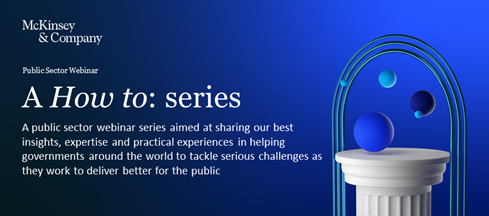
|
||||||
|
Welcome to the seventh edition of McKinsey’s US State & Local Government newsletter. This edition focuses on disaster recovery – specifically, how state and local governments can increase their resilience before and after natural disasters. Weather and climate disasters are becoming more frequent, wide-ranging, severe, and costly. While consequences for life and health are always at the forefront, one way to measure disaster impact is through estimates of economic impacts. The National Oceanic and Atmospheric Administration (NOAA) estimates that from 2019 to 2023, the US experienced more than 100 $1 billion disasters, with total costs in excess of $0.5 trillion. The number of states experiencing $1 billion disasters has also steadily risen year over year since 2000. Given current trends, state and local government leaders are seeking ways to help their communities recover and rebuild effectively in the wake of disaster, restoring not only infrastructure and homes but also economic competitiveness and social well-being. To help inform state and local recovery planning efforts, McKinsey partnered with the Belfer Center at Harvard’s Kennedy School to examine quantitative and anecdotal evidence from US communities that have demonstrated robust resilience in the face of disasters—what we termed leading recoveries—as well as for communities that experienced lower resilience where we saw lagging recoveries. The team identified four key strategies associated with ‘leading recoveries’:
You can read more about the leading and lagging recoveries and disaster resilience in the full report, “Bounce Back Better: Four Keys to Disaster Resilience in U.S. Communities.” Please contact us with topics you would like us to cover, other feedback or questions. Thank you for your service, |
||||||
|
What you might want to know
|
||||||
|
||||||
|
Events
|
||||||
|
||||||
|
More from McKinsey
|
||||||
|
||||||
|
Is this newsletter helpful? Please let us know by clicking the button below and help us forward this to your colleagues so they can subscribe to receive this newsletter |
||||||
|
||||||
|
||||||
|
